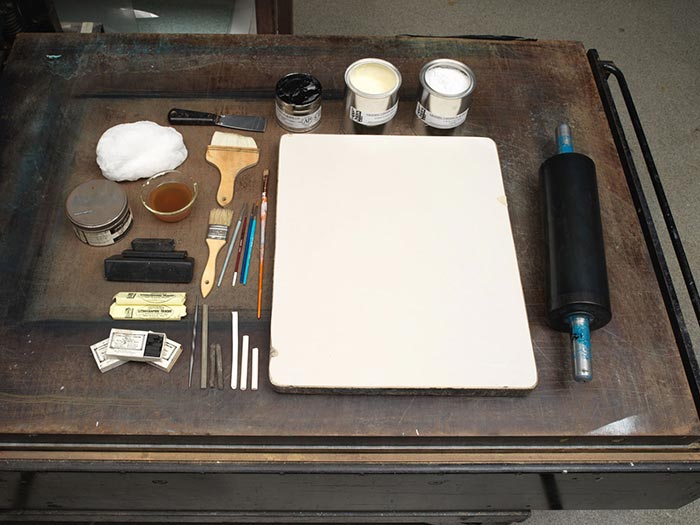A Sorry Dog: "I shoots dot tog Bismark, he makes me much troubles."
Publisher Currier & Ives American
Not on view
In this water rescue scene, a fair-haired man with a mustache -- dressed in a long blue coat-- stands at the stern of a ferry boat (left) as he holds the end of a broken rope in his clenched hands and berates his dog "Bismark" (as the caption below the image indicates) for causing the accident. On the pier at right, another man (dressed in a dark brimmed hat, vest, and pants) stands holding a long, arched rescue hook which lifts a wet brown dog (a broken rope around its neck; it is still harnessed to a small wooden cart) and a bawling, bare-bottomed baby out of the choppy water. Standing on the pier in the right foreground, a concerned dark-haired woman watches the risky rescue of her baby --her arms are outstretched.This is the sequel print to its companion "A Jolly Jumper: 'Come along Bismark. I bet you don't got me left.'" (Peters 3603; Gale 3552; Metropolitan Museum of Art accession no. 52.632.160); the image shows the "Jolly Jumper" wrecklessly leaping onto to the stern of a departing ferry, without considering the consequences for the baby in the wagon pulled by the pet dog on the pier.
The man's fair-colored hair and whiskers, his accented English in the caption, along with the dog's name of "Bismark"*[sic], suggest that the man standing on the ferry is probably a German immigrant. In the 1880s, a large influx of Germans arrived in New York City. Some sought more abundant farm land elsewhere or more job opportunities in industry, as well as more political rights -- these being in limited supply in Germany as its population grew. Some prints by Currier & Ives depict ethnic or immigrant stereotypes that are offensive and disturbing, although such prints were made and sold as "comic" subjects. The Metropolitan Museum of Art preserves such works to shed light on their historical context and to enable the study and evaluation of issues of immigration and prejudice.
Nathaniel Currier, whose successful New York-based lithography firm began in 1835, produced thousands of prints in various sizes that together create a vivid panorama of mid-to-late nineteenth century American life and its history. People eagerly acquired such lithographs featuring picturesque scenery, rural and city views, ships, railroads, portraits, hunting and fishing scenes, domestic life and numerous other subjects, as an inexpensive way to decorate their homes or business establishments. As the firm expanded, Nathaniel included his younger brother Charles in the business. In 1857, James Merritt Ives (the firm's accountant since 1852 and Charles's brother-in-law) was made a business partner; subsequently renamed Currier & Ives, the firm continued until 1907.
*Otto von Bismarck, a Prussian statesman responsible for the unification of Germany, was Chancellor of the German Empire from March 21, 1871 to March 20, 1890.

